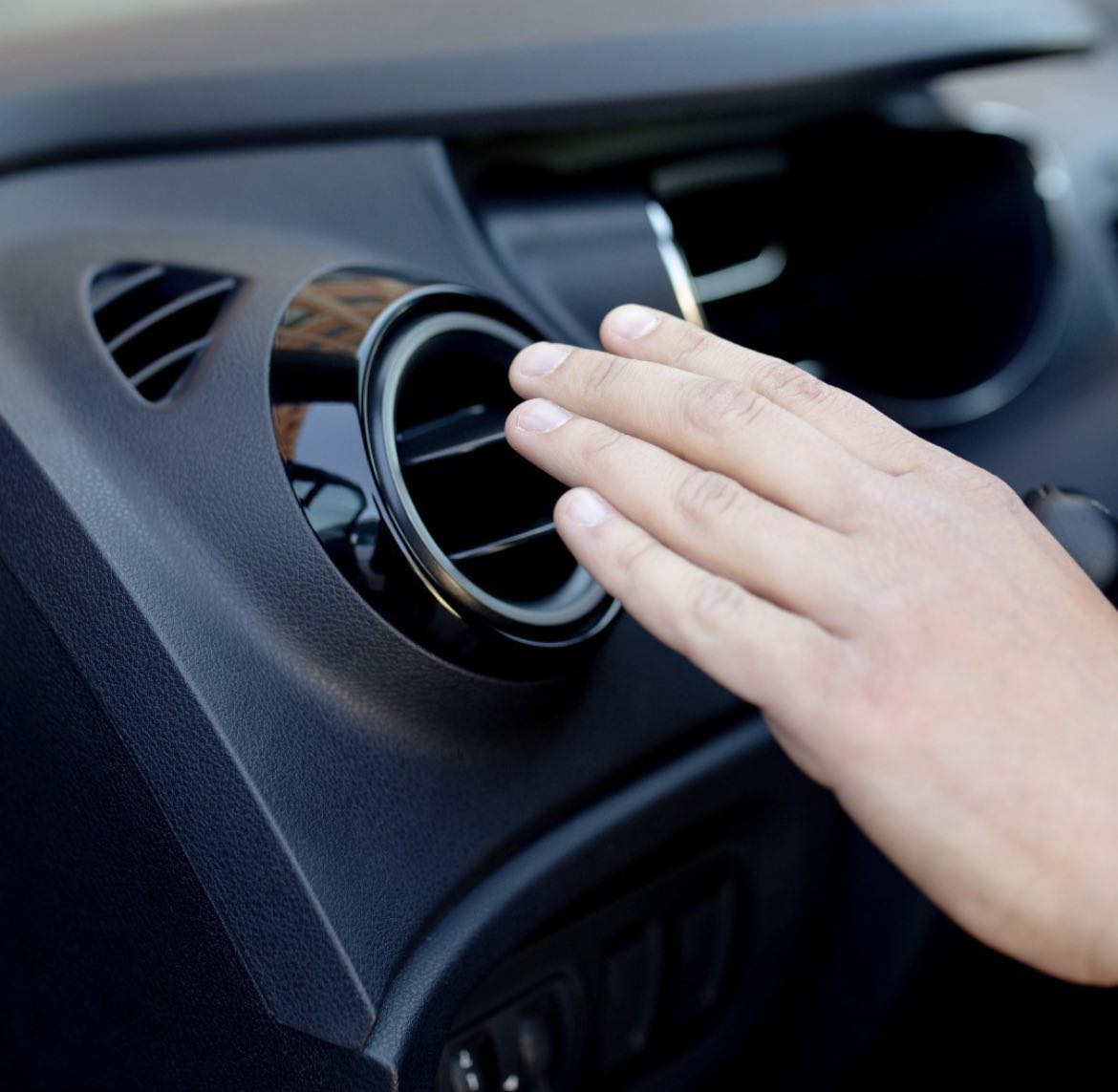Putting Freon into your Chevy truck is an important part of keeping your vehicle running at its best. Refilling the Freon in a Chevy truck can help maintain the cooling system and keep you comfortable on those hot summer days. The process of refilling Freon is pretty simple, but if done wrong can cause damage to your vehicle, so it’s essential to understand how much Freon you need and what components are needed for the job. This guide outlines the steps and information on how to put Freon into your Chevy truck safely and correctly.
How Much Freon Does Chevy Truck Need?
The amount of Freon, or refrigerant, a Chevy truck requires for its air conditioning system depends on several factors. These include the specific model and year of the car, as well as the air conditioning system’s capacity. Older models might use R-134a refrigerant, while newer ones could use the more environmentally friendly R-1234yf. Generally, the refrigerant capacity for Chevy trucks can range from around 1.5 to 2.5 pounds (approximately 24 to 40 ounces). However, it’s crucial to consult the vehicle’s owner manual or contact a certified mechanic to determine the amount of Freon needed for proper and efficient operation of the air conditioning system, as overcharging, or undercharging the system can lead to performance issues and potential damage.
Components Needed for Refilling Freon
Once you know how much Freon your Chevy truck needs, you must ensure you have the right components and tools. The most important items necessary for refilling Freon are a can of refrigerant, an air conditioning service kit, and a set of safety goggles. The air conditioning service kit includes hoses and connectors that attach the can of refrigerant to the air conditioning system. You must use these components to avoid leakage or risk of damage to your vehicle. Safety goggles should also be worn when working with any type of pressurized system, as it can be dangerous if not handled properly.
Prepping Your Chevy Truck for Refilling

Filling Your Chevy Truck with Freon
Once you have checked all the components and ensured they are in good condition, it’s time to add the Freon. Begin by attaching the hose from the air conditioning service kit to the refrigerant can. Once secure, attach the other end of the hose to your Chevy truck’s air conditioning system using one of its low-pressure ports. It is important to remember which port houses the low-pressure side for proper Freon refilling; if you’re unsure which one it is, consult a certified mechanic for help.
Once connected, turn on your Chevy truck and engage its air conditioning system by setting it to maximum cooling and fan speed. It should cause a suction effect on the can of refrigerant as Freon circulates throughout your vehicle’s air conditioning system. Allow this process to continue until half of the can have been emptied into your car; at this point, shut off your truck and its AC system before disconnecting everything and safely disposing of any remaining refrigerant in an approved container or location. Also read here about Best Tonneau Cover for Chevy Colorado.
Final Steps and Troubleshooting
Once the Freon has been added, it’s important to check the system for any leaks. It can be done by running a leak detection dye through the system and using ultraviolet light to look for any areas of colored paint. Additionally, it’s recommended that you periodically check the pressure in your Chevy truck’s air conditioning system with a gauge to ensure that it is operating at optimal levels. If any problems arise during this process, it’s best to contact a certified mechanic as soon as possible for further inspection and repair if necessary.
Conclusion
By following these steps and the proper procedures outlined in this guide, you can successfully put Freon into your Chevy truck without causing harm or damage to your vehicle. It’s important to stay aware of how much Freon your truck needs, what components are necessary for refilling Freon, prep your Chevy properly before refilling the Freon, fill up your Chevy with new Freon carefully, check for leaks after filling up with new Freon and troubleshooting if needed. Taking these precautions will help ensure maximum performance from your air conditioning system while keeping yourself safe in the process!

